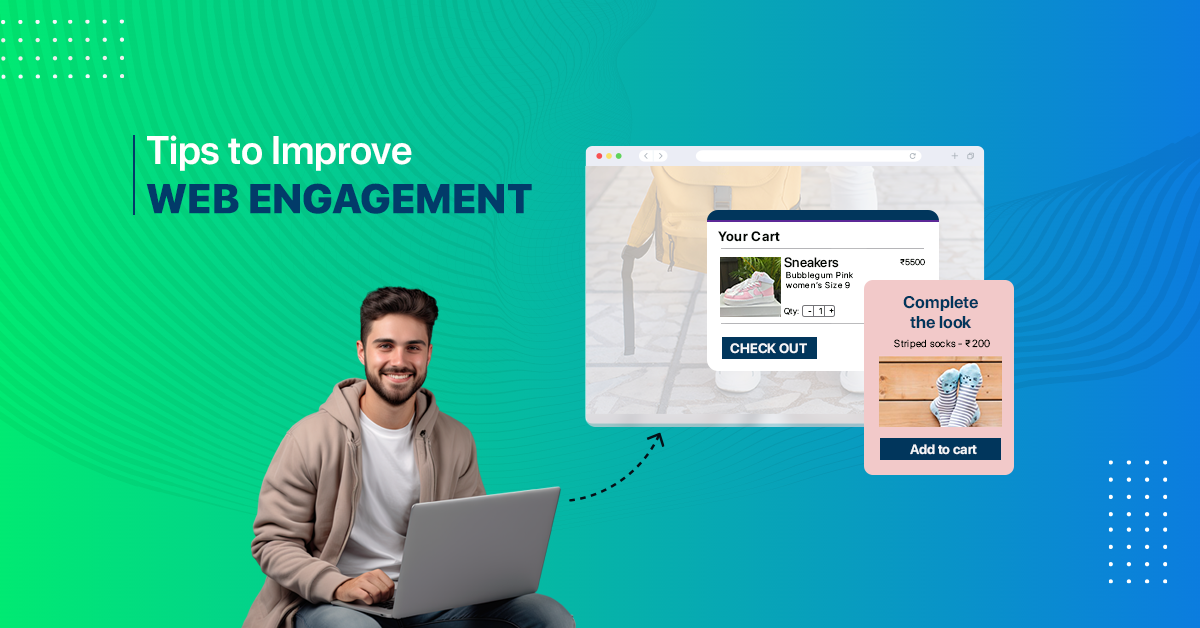One of the hottest discussions taking place in the digital marketing circuit is – how to bring synergy across all online channels such as website, social media platforms, blogs, e-mails, SEO, etc., for a consistent and deeper engagement with customers? Another widely discussed topic is how to integrate traditional marketing and digital marketing in order to enhance the effectiveness of marketing strategy.
Considering that digital marketing requires synergizing within itself as well as with traditional marketing, it certainly calls for Integrated Digital Marketing.
Understanding Integrated Digital Marketing
The primary goal of integrated digital marketing is to create a strong, unified presence and positioning for your brand. It tells a single, cohesive brand story no matter what the marketing channel is. It enables marketers to streamline their marketing efforts and optimize the marketing mix across various channels. It reaches out to the maximum number of customers and gives real-time insight into customer behaviour & return on investment through data management and analysis.
Need to Implement Integrated Digital Marketing
- Customers want it: A Gartner study indicates that 72% of customers prefer integrated branded experience across all mediums. However, it takes about 7 – 13+ touch points for them to make purchasing decisions. So, integrated digital marketing can help brands create an integrated presence across every possible touch point to reach the target audience.
- Measure results: It is often tricky to measure ROI and conversion rates on marketing campaigns, especially through offline channels. Integrated digital marketing, through big data and in-depth analytics, makes it comparatively easier to determine how the marketing efforts across all mediums have paid off.
Land Rover is a fine example of integrated digital marketing. In order to reach out to customers who started their search online, Land Rover engaged consumers on a large scale, running a homepage masthead takeover on YouTube and Masthead in Lightbox ads across the Google Display Network. The campaign also maximized visibility with mobile, search and Google+. As a result, Land Rover garnered more than 100M impressions, and 15% of its total sales, now comes from online leads.
Another example is Google and Dove case study where online advertising resulted in a 6% overall sales uplift and when it was combined with television advertising, there was a 11% sales uplift.
- Get a competitive edge: A Digital Audience report highlighted that there was a 137% increase in the number of brands advertising across multiple digital channels and up to 500% increase in brands using display, mobile, social and video marketing simultaneously. Another research conducted by Smart Insights revealed that 33% of marketers are actively moving towards an integrated planning of digital and traditional marketing. This means that your competitors are not only running more effective campaigns, but also gaining a first mover advantage. So, earlier you adopt an integrated digital marketing strategy, more profitable your efforts can be.
(Image Source: https://www.smartinsights.com/managing-digital-marketing/marketing-innovation/marketing-trends-2016/)
Barriers to Implementation of Integrated Digital Marketing
With increasing complexity in the buyer behaviour and a plethora of marketing channels available, it is really a Herculean task for marketers to provide seamless experiences to customers using holistic marketing efforts. Integrated digital marketing has its own set of challenges.
- Lack of alignment with business goals: A joint research by Smart Insights and TFM&A revealed that the lack of planning was the most detrimental factor for the integration of digital marketing channels. When digital marketing strategy is not aligned with the organization’s business strategy as well as the overall marketing strategy, it fails to define SMART (specific, measurable, attainable, realistic, and timely) goals; allocate an appropriate budget; reach out to the right target audience; and deliver expected results.
(Image Source: https://marketingland.com/removing-silos-staying-ahead-integrated-digital-marketing-best-practices-174789)
- Lack of teamwork: In most companies, traditional and digital marketers work in silos, resulting in poor coordination and communication. Both work with different agendas in mind and compete with each other to prove who is the best. The absence of a cohesive team also leads to the lack of understanding of the marketing goals, which trickles down to customers in the form of inconsistent brand messages across different channels.
- Lack of technology: Technology is fundamental to the success of an integrated marketing strategy. Every channel generates huge amount of data which requires high end technological tools to analyze and measure the impact. But, identifying the right marketing technology is one of the major concerns for organizations, as highlighted in a State of Inbound report on top marketing challenges.
Framework of Successful Integrated Digital Marketing Campaign
After you overcome the above barriers, follow this four-step framework to design a successful integrated digital marketing campaign.
- Identify your target customers: Define your target customers and get an insight into their buying behaviour through historical and real-time data. This will give you an idea which marketing channel is best to communicate your brand message to them.
- Select your marketing channel(s): Every marketing channel, whether digital or traditional, has its own pros and cons. But, do keep in mind that there is room for every channel if you want to create an integrated digital marketing campaign. Depending on your target audience, shortlist the channels that drive the maximum performance and impact for your brand.
When Cadbury launched ‘Chocolate Charmer’ campaign, it used Facebook, Google AdWords, YouTube, TV, cinema and video-on-demand channels because it wanted to reach out to chocolate lovers across all age groups. The digital channels alone generated 4X revenue than the offline platform and contributed to 20% sales!
(Image Source: https://www.bettiblue.com/effective-marketing-channels/)
- Create a consistent communication: When you communicate across a channel, ensure that it has a consistent brand message and visual identity. This is very crucial for a high brand recall among customers.
- Measure what you implement: Unless you know what is your email open rate, click through rates on your website or number of shares of your Facebook post, you wouldn’t be able to determine the impact of your campaign and what corrective or preventive actions you need to take. So, do ensure that your analytics, metrics and performance tracking tools are in place.
Integrated digital marketing will define the future of marketing. It is not difficult to implement; all you need to do is to have a collaborative team and a structured process to enhance its effectiveness.














